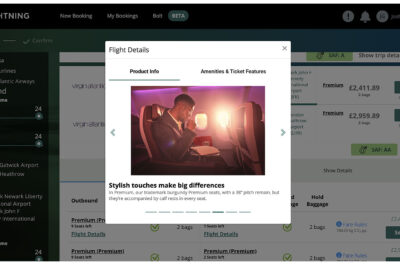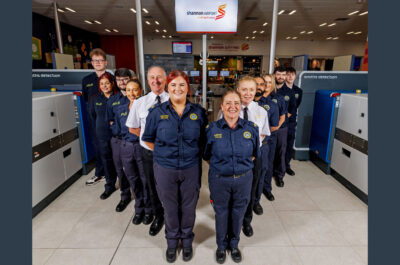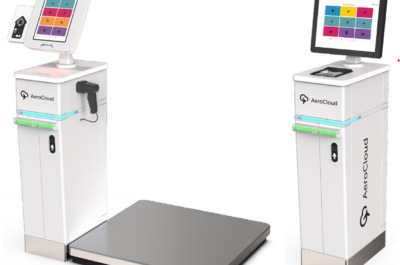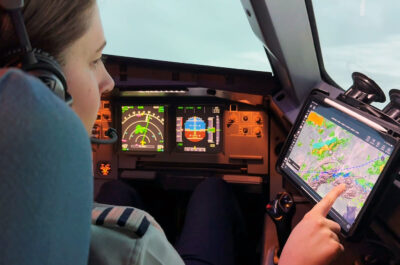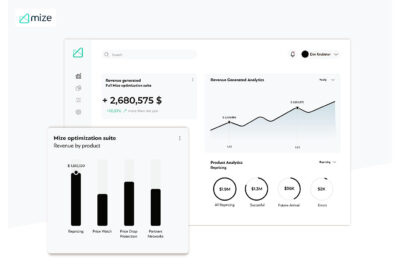To carry out a school trip effectively, you must have a robust plan for all contingencies. This guide details the most critical elements in planning for school trips. If you can tick the following boxes, you have a very high chance of creating memorable experiences for your students.
Field trips can be an important instructional tool for students. They help students interact and absorb information in a practical way. Most studies show that students get higher information retention and critical thinking when exposed to educational materials during trips.
With all these in mind, it’s only natural that every good teacher wants to plan a trip or two for their students. However, the planning and safety concerns mean that school boards are often reluctant to sign off on trips for students. Coordinating a large group of young children or teenagers in a public place can be complicated, and any accidents will likely result in a lawsuit for the school.
To carry out a school trip effectively, you must have a robust plan for all contingencies. This guide details the most critical elements in planning for school trips. If you can tick the following boxes, you have a very high chance of creating memorable experiences for your students:
Talk to the school administrator
The school administrator is the biggest hindrance between you and planning your trip. Getting them to approve the trip can require some persistence, especially if you weren't previously scheduled for a field trip. One way to achieve this is to tie the trip to your curriculum. That way, you can explain in detail how the tour will be beneficial to the students.
Make sure to run them through all the details of your ideas, but be prepared to make some adjustments. They may require you to wait until a later date than you had in mind or want a reduction in the number of students you'll be taking. They will also walk you through the process for organizing a trip within the school, especially the needed forms for permissions.
Arrange transportation
Depending on where you're going and how many students are going on the trip, the mode of transportation will differ. If the site is close to the school, then the option of walking there may be more appealing.
If, however, the site is far away, you'll need to plan for a vehicle, which can be a bit complicated. If you're going with a lot of students, the school bus will be the best option. You may, however, have to fill specific forms to be able to access it. You'll also have to inform the transport department on time to find a driver with an available bus.
If the class size is small, then a teacher’s car or minivan may be enough.
Decide on a food plan
One of the most underrated aspects of field trips is the children's meals. You should plan for meals if you're going to spend a long time on the trip. Hungry children aren't typically very attentive and can get grouchy. There are three main ways people plan for food on field trips, and they are:
• On-site cafeteria: If the site you’re visiting has a cafeteria or restaurant, you might be able to plan with them to feed the children. This option is easier to coordinate and typically assures you quality meals. It may, however, significantly add to the cost of your trip.
• Off-site restaurant: You can choose to eat out at a different restaurant, but there are typically no guarantees on food quality or supervision. The students generally love this option, though.
• Children bring their lunch: This option requires no spending and is the cheapest option available. However, you run the risk of some children not bringing food. Children who don't bring food can become irritable from hunger, and that can be bad for your trip.
Create a schedule
Children have a relatively short attention span, so you have to be smart about planning trips, especially when they involve long travels. Break the day into small activities that can keep the kids engaged. For instance, while on the bus, you can engage them with puzzles.
You can also schedule some fun time before or after your main visit to help the kids cool off and have fun. The idea is to make sure that all the students perform activities that they enjoy and stay engaged.
Arrange for supervision
If you're dealing with a large number of students for the trip, then you'll need extra hands. Some states have local laws that set minimum chaperone to student ratios. It's crucial to consider the local laws while planning for the trip. Regardless of if there are local laws or not, once the students exceed 15 per supervisor, ask for help.
You might be able to get other teachers to tag along as supervisors on the trip or get parent-volunteers to come.
If you aren’t going with all your students, you have to make sure that those that are left behind have adult supervision. All children must be accounted for by adults.
Send out a permission form
Permission forms are important to gain the consent of the parents before taking the children on trips. Most schools won't allow a child who hasn't been granted express permission to go on the journey as a matter of policy.
The letter is usually a very straightforward one detailing the information around the trip. It should contain:
– The destination address
– The purpose of the trip
– Timeline of the trip
– School contact information and contact person for the trip
– What the students will need (clothes, money, etc.)
– Feeding and transportation arrangements
– Latest date for the return of the form
– Permission segment (where their parents authorize the trip)
Keep in mind that you'll have to remind the children to return the signed forms. Anyone who doesn't return theirs won't be able to go on the trip.
Conclusion
The biggest concern with organizing class trips is the safety of the children. You should endeavor to carry a first aid kit along in case any of the kids get injured during the trip.
If you can, you should also try to get uniforms for the kids. Uniforms can help build a sense of familiarity among the children, and also makes it easier to spot them. Screenprinted t-shirts are an excellent option for school trip uniforms. Check them out here: https://thrivescreenprinting.com/wholesale-screen-printing/















































